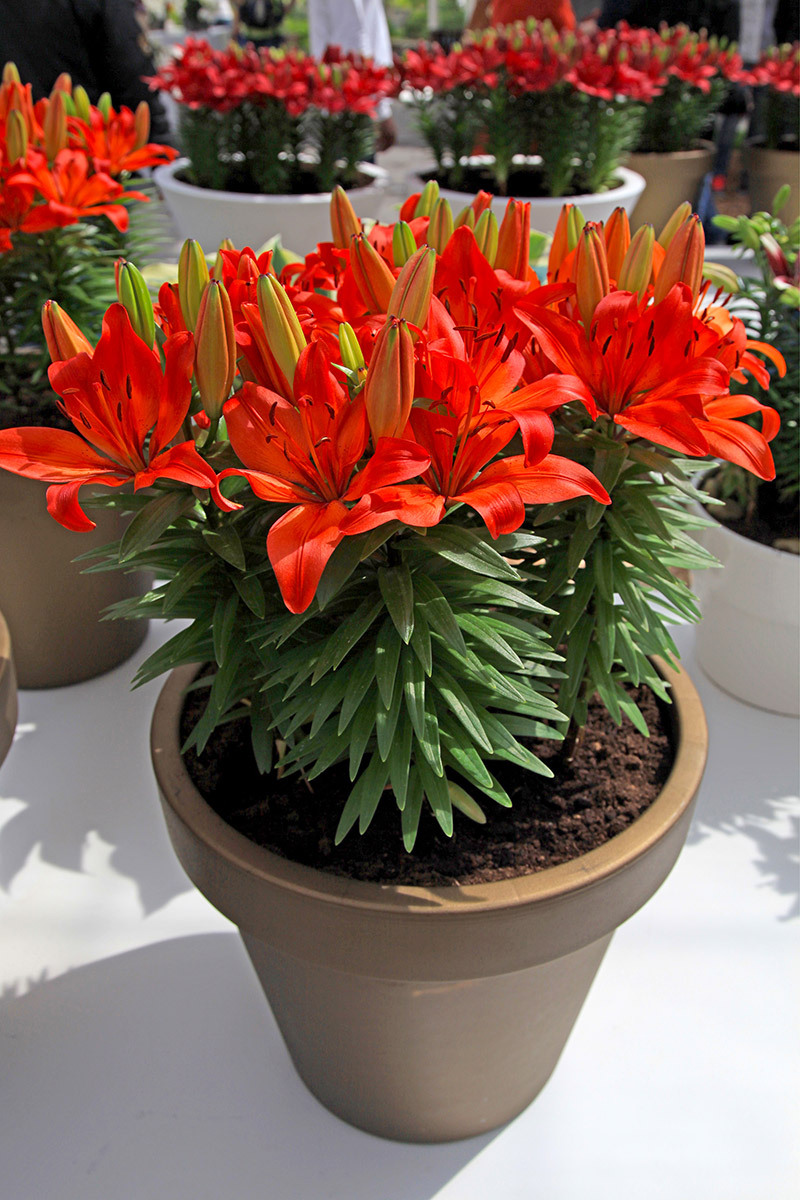8 Marvelous Sunflower Facts to Enrich Your Mind
Posted on 29/08/2025

8 Marvelous Sunflower Facts to Enrich Your Mind
Sunflowers are among the most captivating and versatile flowers in the plant kingdom. Their golden blooms are recognized all over the world, standing tall in gardens, fields, and even in art. But beyond their dazzling appearance, sunflowers have a rich story rooted in nature, history, and scientific wonder. In this article, we'll explore eight fascinating sunflower facts that will truly enrich your mind and deepen your appreciation for these astonishing plants.
1. Sunflowers Track the Sun - Heliotropism in Action
One of the most amazing characteristics of the common sunflower (Helianthus annuus) is its ability to move in response to the sun. This fascinating phenomenon is called heliotropism. Young sunflower buds face east at dawn, follow the sun's path across the sky during the day, and return to the east by dusk. This movement maximizes the amount of sunlight absorbed, supporting optimal growth during the critical budding stage.
- Heliotropism is primarily seen in young sunflower plants.
- As the plant matures and the flower blooms, it generally settles facing east.
Research suggests that this solar tracking helps sunflowers grow faster and attract more pollinators by providing a warmer flower head in the morning. Once the flower matures, it becomes fixed, continuing to face the east to take full advantage of the morning sun's warmth.
2. Sunflowers: Native to North America
Although many people associate sunflowers with European and Russian landscapes, these vibrant flowers are actually native to North America. Evidence suggests that ancient peoples cultivated sunflowers as far back as 3000 BC, mainly in present-day Mexico and across the United States.
- Sunflowers were domesticated for their seeds, oil, and as a food source.
- They played a significant role in the diets and cultures of Native American tribes.
Sunflowers were first introduced to Europe in the 16th century, after Spanish explorers brought them back. Since then, the plant has traveled the globe, but its roots lie deep in North American soil.
3. Sunflower Heads Are Not Just One Flower
Many people think of the sunflower's large, showy head as a single bloom. However, the sunflower's "face" is actually a composite of thousands of tiny flowers called florets.
- The outer yellow "petals" are called ray florets.
- The inner disc, which contains the seeds, is made up of disc florets.
Each disc floret is a small flower capable of producing a seed. These florets are arranged in a mesmerizing spiral pattern, following the mathematical principle of the Fibonacci sequence. This design is not just for looks; it optimizes the packing of seeds in the head, maximizing productivity.
4. Sunflowers Come in More Than Just Yellow
Yellow sunflowers may be iconic, but sunflowers bloom in a fascinating range of colors and forms. Modern breeding has led to sunflowers that burst with red, orange, mahogany, white, and even bi-colored petals.
- "Moulin Rouge" sunflowers have rich burgundy petals.
- "Italian White" produces creamy white blooms.
- There are even dwarf varieties that fit perfectly in pots and small gardens.
Whether in a wild field or an urban backyard, sunflowers can provide dazzling diversity that goes far beyond the familiar golden hue.
5. Sunflowers Are a Nutritional Powerhouse
Did you know that sunflower seeds are among the most nutritious snacks on earth? Sunflower seeds are packed with:
- Healthy fats, especially polyunsaturated and monounsaturated fats
- Protein
- Vitamin E
- Magnesium
- Selenium
- Antioxidants
Their oil is one of the most popular cooking and salad oils worldwide, prized for being light and heart-healthy. Apart from their culinary uses, sunflower seeds are enjoyed as crunchy snacks, staple ingredients in granola, and even as a dairy-free alternative in sunflower butter.
Sunflower oil can also be found in cosmetics, thanks to its moisturizing properties. So, not only does the sunflower nourish our eyes, but it also supports our health and wellness in numerous delightful ways.
6. Sunflowers Can Clean Up the Environment
Sunflowers are more than beautiful--they're remarkable for their environmental benefits. One of the most astonishing sunflower facts is their use in phytoremediation, the process of using plants to clean harmful substances from soil or water.
- Sunflowers can absorb heavy metals such as lead, arsenic, and uranium from contaminated ground.
- After the Chernobyl nuclear disaster, sunflowers were planted to help soak up radioactive isotopes from the soil and water.
Their extensive root system and fast growth make sunflowers highly effective "natural vacuum cleaners," helping restore environments after chemical spills and industrial pollution. Thus, sunflowers not only decorate landscapes but also help heal the earth.
7. Sunflowers Have a Record-Breaking Reputation
Sunflowers often turn heads for their impressive stature. It's not just your imagination--these plants really can grow to astonishing heights! According to the Guinness World Records, the tallest sunflower ever recorded reached a height of 9.17 meters (30 feet 1 inch). This record-breaking beauty was grown by Hans-Peter Schiffer in Germany, who has set multiple records in the category.
- Common garden sunflowers usually grow between 6-12 feet tall.
- Dwarf varieties are available for smaller spaces or pots.
Whether towering over a backyard fence or standing in a pot by the window, sunflowers are truly champions of the plant world.
8. Sunflowers Are Steeped in Symbolism and Art
Across cultures and centuries, the sunflower has symbolized positivity, adoration, and happiness. In Greek mythology, a water nymph named Clytie transformed into a sunflower after her unrequited love for the sun god, Helios. The sunflower's devotion to the sun has made it a powerful emblem of loyalty and vitality.
- Famed artist Vincent van Gogh immortalized sunflowers in his iconic paintings, using them as icons of light and joy.
- In Chinese culture, the sunflower symbolizes long life, good luck, and lasting happiness.
- Sunflowers are often gifted to express admiration or to celebrate a positive milestone.
The warm yellow face of a sunflower continues to be celebrated in art, literature, and folklore, making it one of the world's most beloved flowers not just for its beauty, but for the meanings it carries.

Conclusion: Why Sunflowers Will Forever Inspire
From their sun-chasing dance to their potent healing properties, sunflowers are more than just a pretty addition to gardens and fields. These marvelous flowers are a showcase of nature's ingenuity, resilience, and beauty. Whether you're growing them for their nutritional seeds, to help clean up the planet, or simply to enjoy their radiant blossoms, sunflowers have a story worth telling--and retelling.
- Sunflowers enrich our minds with their scientific mysteries.
- They bring practical benefits to health and the environment.
- And they inspire us with their enduring symbolism and charm.
The next time you see a sunflower, take a moment to appreciate all it represents. Let these 8 marvelous fact about sunflowers remind you of the flower's magic, history, and meaning--a wonder that continues to bloom across generations.
Ready to enrich your world? Plant a sunflower, and be a part of this marvelous story.







